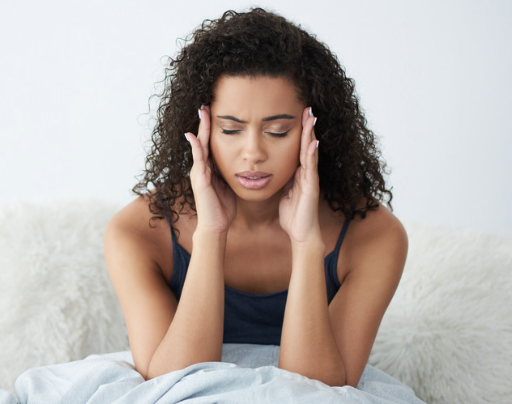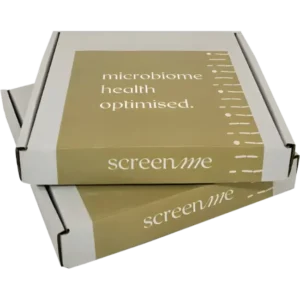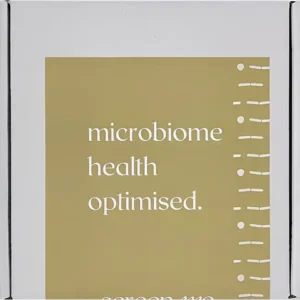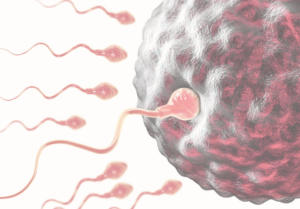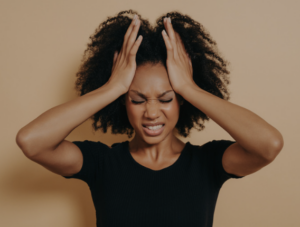Anaemia is an issue that many women face, in particular pregnant women. In the UK, 14% of women are thought to be anaemic, with this rising to 23% in pregnant women. Therefore, you may be suffering and not feeling your very best, without even realising it.
What does this really mean?
The majority of anaemia is due to iron deficiency. Iron plays a key role in the production of red blood cells, therefore when the body is deficient in this mineral, it is unable to produce as many red blood cells. Specifically, it is the protein, haemoglobin, which requires iron, and is a key molecule in the composition of red blood cells.
Why is anaemia higher in women, particularly pregnant women?
Women lose iron through menstruation and therefore are more likely to be iron deficient and thus anaemic. This risk increases further when they fall pregnant, as the development of the foetus in the womb requires iron.
Symptoms:
Common symptoms include:
- Extreme tiredness / fatigue
- Pale skin
- Often feeling short of breath
- Chest pain or a fast heartbeat
- Brittle nails
- Cold hands and feet
What to do
Initially, we would recommend speaking to a healthcare professional, such as your GP. Iron-deficiency anaemia is not something you should self-diagnose with. You should not start taking supplements without guidance, as this can damage your liver.
Unsure? Speak to a ScreenMe expert here!
Determine your Iron levels, as well as 22 other health markers with our Nutrition & Wellness Packages!
View our Iron supplements on our Health Shop!
How to increase iron in your diet
Iron is found in multiple sources naturally, so here are a few foods to incorporate in to you diet to increase your iron levels.
- Dark leafy green vegetables
- Kale, broccoli
- Fortified cereals and bread
- Meat
- Pulses
- Beans, lentils, peas
Things to avoid:
- Coffee
- Tea
- Dairy products
For more information on how you can tailor your diet to your individual needs, then have a look at our Nutrition & Wellness Packages.
We hope this has provided you with a bit more information about what it means to be iron-deficient anaemia, signs to watch out for, as well as how to increase your iron levels naturally.
Fariba Khonsari

